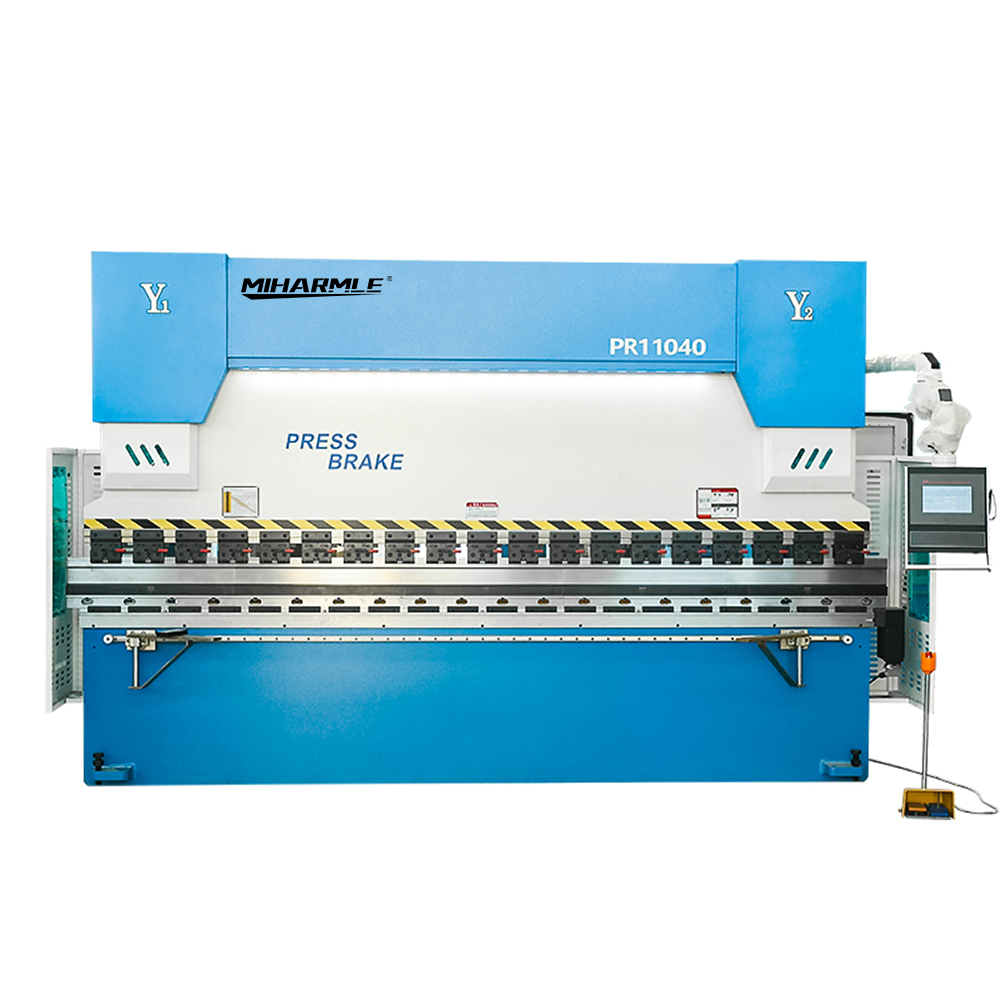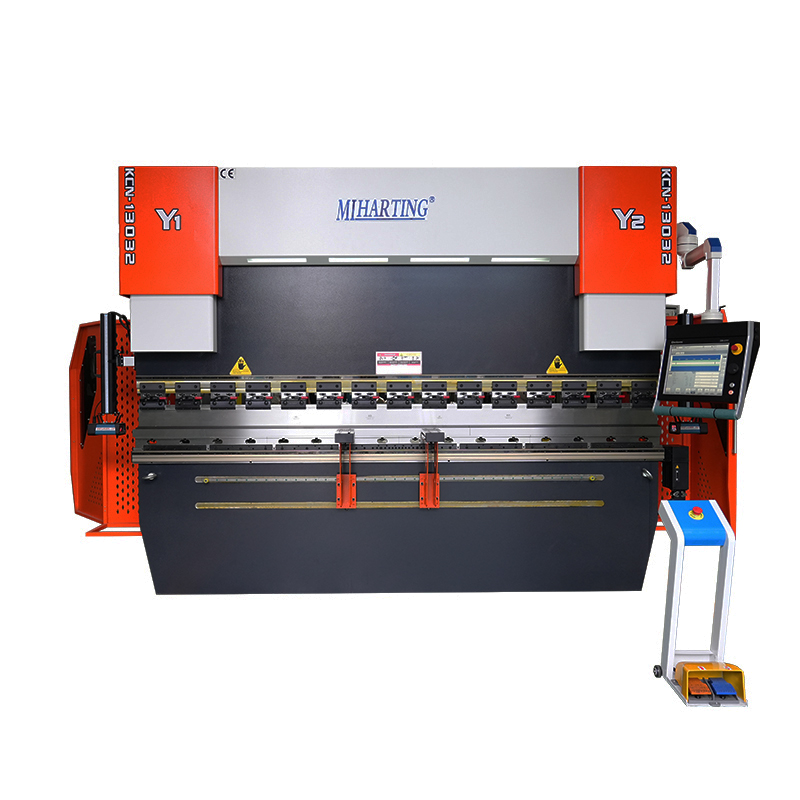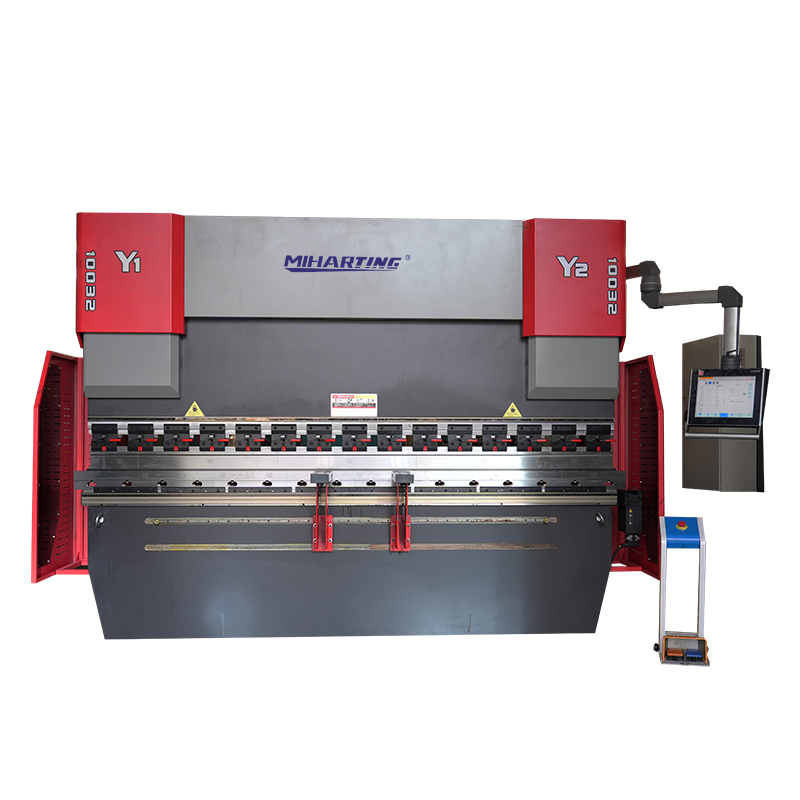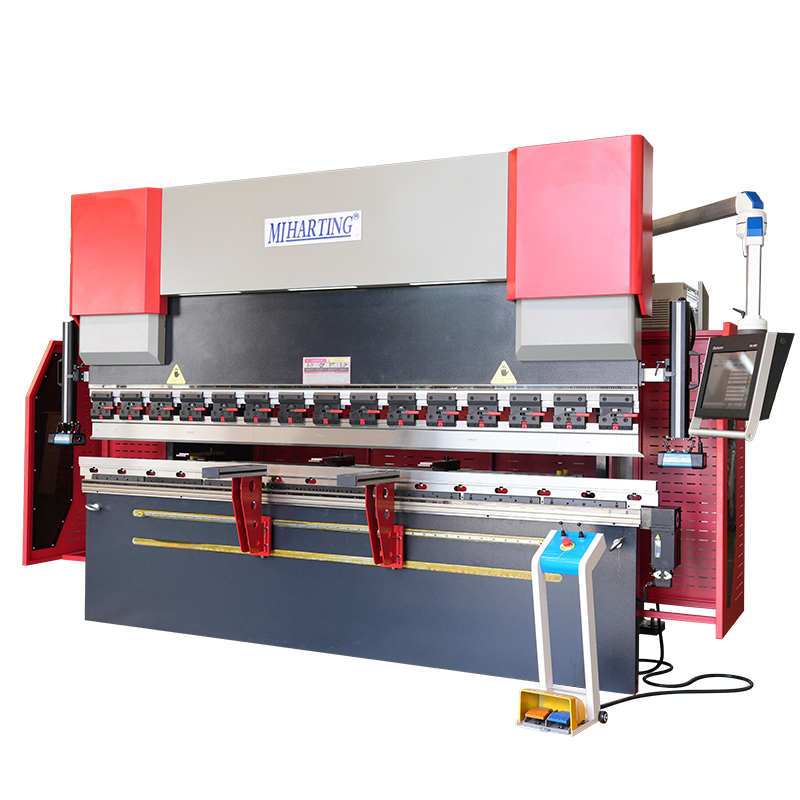CNC bending machines have revolutionized the metal fabrication industry with their advanced capabilities and automation. These machines offer numerous benefits for businesses looking to optimize their production processes. In this section, we will explore the basics of CNC bending machines, how they automate the bending process, and explain their key components and working principles.
CNC bending machines are computer-controlled machines that automate the bending process of various materials, such as sheet metal, tubes, and profiles. They use a combination of mechanical force and precision control to accurately bend the material into the desired shape.
At the heart of a CNC bending machine is the CNC controller, which acts as the brain of the machine. It receives instructions from the operator or a computer-aided design (CAD) software program, and translates them into specific commands for the machine to follow during the bending process.

The bending process is carried out by the machine's key components, including the bending tool, the clamp, and the back gauge. The bending tool, usually in the form of a punch and die set, exerts force on the material to create the desired bend. The clamp holds the material in place during the bending process, preventing any unwanted movement. The back gauge ensures precise positioning of the material, allowing for accurate and repeatable bends.
Working principles of CNC bending machines involve a series of steps. First, the operator or CAD software inputs the desired bending parameters, such as the bend angle and radius. The CNC controller then calculates the necessary movements and positions of the bending tool, clamp, and back gauge. The machine's hydraulic or electric system drives these components to carry out the bending operation accurately.
CNC bending machines offer several advantages over traditional manual bending methods. They provide higher precision and accuracy, thanks to the precise control offered by the CNC controller. This eliminates human errors and ensures consistent results, even with complex bending tasks.
Furthermore, CNC bending machines automate the bending process, leading to increased efficiency and productivity. They can perform multiple bends without manual intervention, reducing the overall cycle time and increasing production capacity. This automation also frees up operators to focus on other tasks, maximizing productivity.
In conclusion, CNC bending machines are essential tools in the metal fabrication industry. With their automation, precision, and efficiency, they enable businesses to optimize their production processes and deliver high-quality products. Understanding the basics, automation, and key components of CNC bending machines is crucial for utilizing their full potential and gaining a competitive edge in the market.






